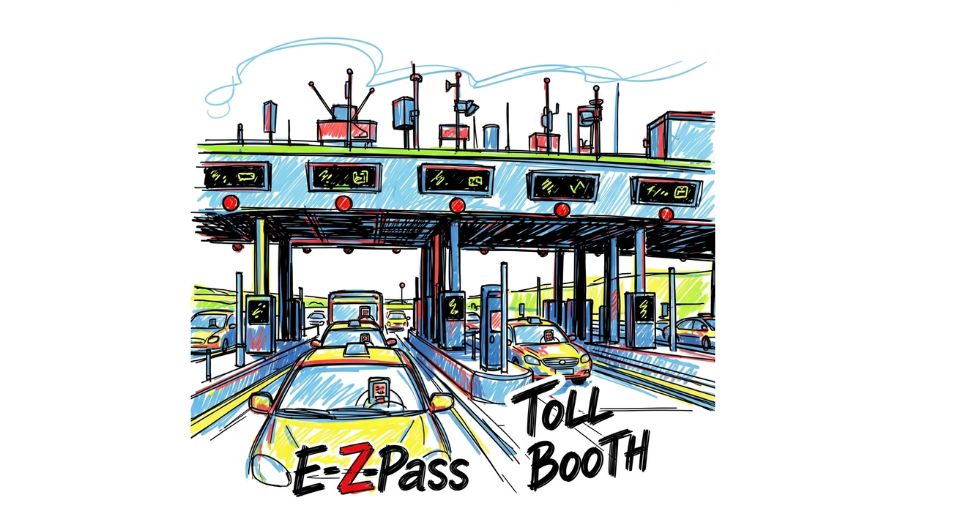
Aug 05, 2025

The new report from Metastat Insight provides a detailed examination of the Electronic Toll Collection Market, with an all-encompassing view informed by industry-driven advances and subtle changes in technology and infrastructure. This report throws insightful light on the processes redefining how tolls are governed, transactions are made, and networks are operated, without the use of ill-informed or shallow descriptions. By navigating through the government-commercial interaction in contemporary transport, the study provides more than numbers and trends it reveals the intricate dynamics propelling the direction of the market. Electronic tolling has slowly diverged from its primitive roots, evolving into highly mechanized systems controlled by interconnected systems.
No longer confined to individual freeways or specific areas, electronic tolling deployment is now being seen across national systems, increasingly integrated with urban transportation planning and overall infrastructural planning. This is not happening in a vacuum; it is part of a larger movement toward meeting contemporary expectations of streamlined, contactless, and efficient service. The market in question here is characterized by a nexus of logistics, policymaking, and technological advancement, well highlighted in the report by Metastat Insight. A developing trend in this area is the movement towards interoperability and consolidation. Public and private operators have begun to harmonize systems to enable cross-border travel, doing away with the inefficiencies previously experienced when drivers travelled across areas with non-compatible tolls.
This harmonisation is not a technical feat alone but a strategic step influenced by growing expectations for integrated transportation infrastructure. It is also an outward symptom of a profound change in the way transport authorities and system providers perceive data, user experience, and financial modelling. The implications of this evolution are far-reaching beyond simply mere revenue capture. Indeed, what is apparent in the present landscape is a resetting of priorities. User convenience is not something people dream about anymore; it is the built-in expectation.
This has led toll operators to implement technologies that permit not only speed and accuracy but also transparency and accountability. License plate cameras, RFID tags, and satellite-based systems are all now part of the arsenal deployed to manage tolling without stopping vehicles while guaranteeing a seamless flow of traffic and strong enforcement measures. Most importantly, the Electronic Toll Collection Market fabric has become highly integrated with data infrastructure. No longer is the subject of tolling a matter of one payment point but rather coping with an ongoing stream of data. Information gathered from these systems now flows into urban planning, traffic projection, and larger analytics platforms that enable decision-making across many levels. This is where the interplay between data application and toll collection has started to influence investment priorities, with stakeholders no longer looking at tolling systems as merely revenue instruments but as data-rich environments with varied applications.
Procurement and implementation structures too have undergone a change. Conventional public procurement models are being supplemented or even substituted by partnerships that include private enterprises assuming operational roles under long-term contracts. These models are transforming the speed and manner of deployment, generally adding a level of business competitiveness to what was a traditionally government-controlled space. The result is apparent in the array of services, maintenance levels, and user interface available across different geographies. One of the less obvious undercurrents documented in the Metastat Insight report is the tension between standardisation and localisation.
Although there is a trend towards system compatibility and common frameworks, local regulatory authorities continue to exert considerable control over the implementation of tolling policy. This tension has created a mosaic of systems that, while becoming more interoperable, still have defining features based on local transport policy, legal structures, and funding streams. Determining this balance is vital to reading the trend of the Electronic Toll Collection Market. Another aspect of interest is the role played by environmental factors. Design of toll systems is increasingly being guided by objectives that reach out to sustainability.
Variable pricing schemes are being implemented to shape the flow of traffic, alleviate congestion, and promote the utilization of low-emission zones. These models, facilitated by the flexibility of electronic tolling, allow authorities to dynamically adjust rates based on time of day, type of vehicle, and environmental impact, without disrupting the user experience.
The Metastat Insight report does not simply list developments but offers a rich understanding of how the Electronic Toll Collection Market works in a general socio-economic and technological environment. It puts in the spotlight the changing collaborations, new standards, and technology adoption that are reshaping the ways in which tolling systems function, communicate, and participate in infrastructure ecosystems. In reaching conclusions, the report reiterates the Electronic Toll Collection Market as a realm of dynamic change, shaped by several forces acting through technical, regulatory, and strategic spheres.
The knowledge assembled provides a prism through which one may view the importance of these developments not as discrete innovations but as part of a rational movement toward intelligent, responsive mobility systems. With its in-depth and well-defined conclusions, the report generated by Metastat Insight offers a useful model for anybody who wishes to grasp the relevance and probable avenues of this ever-changing market.
Drop us an email at:
Call us on:
+1 214 613 5758
+91 73850 57479